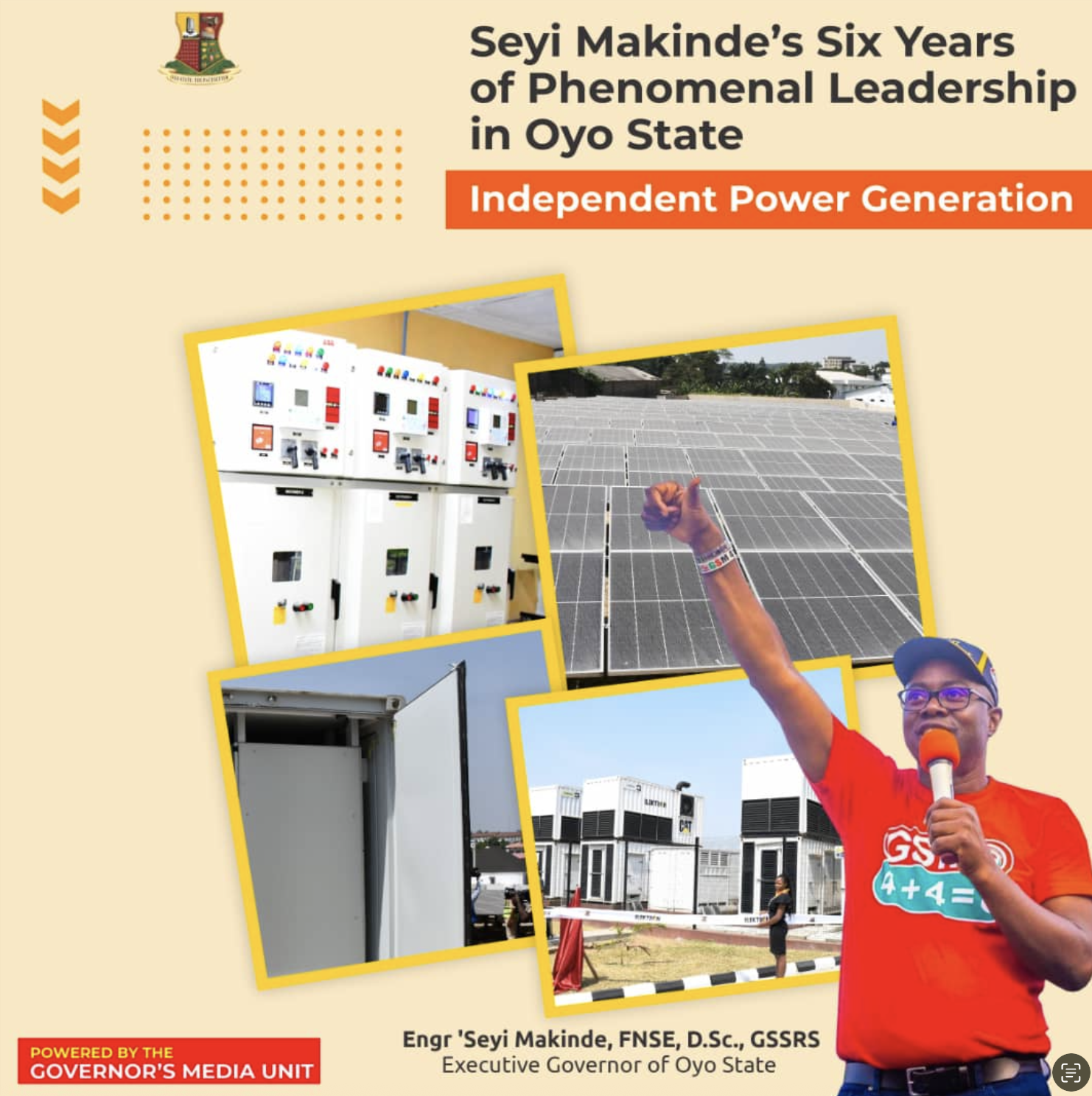Many Nigerians and indeed residents of Ibadan woke up that morning of March 22, 2014, to discover that right in the midst of the city a dungeon existed where missing people had ended up as victims. Sunday Tribune’s TADE Makinde visited Soka community where the den was discovered and reports that things have since changed for the better though there are still some challenges.
On March 22, 2014, the news broke that a dungeon at Soka area of Ibadan, off the popular Iwo Road expressway, had been discovered where several people who had fallen victims of kidnappers and ritualists had met their untimely death.
Reporters and curious residents of the city who rushed to the scene found a hitherto impenetrable dungeon strewed with rotting bodies, women clothes, shoes, skeletons and human skulls. Different narratives related stories about the existence of the dungeon. Some said the place used to be a site used by a construction company which had long abandoned the placed. Some also said that at a point it became a dumping ground for mentally ill people while some said it was a place operated by kidnappers working for some politicians where victims were dismembered for ritual purposes.
When reporters spoke to some victims who were found at the scene after the news broke, some of them claimed that they were abducted and forced into some vehicles by people suspected to be working for the government in its bid for urban renewal and dumped them in the den.
Residents of the area even claimed that they had complained several times to the authorities to draw their attention to the happenings in the den all to no avail. Governor Abiola Ajimobi’s visit to the scene was greeted by angry relations of missing victims and residents. After pleading for calm and sympathising with victims and their relations he then announced that he was revoking the Certificate of Occupancy of the land.
At that time nobody wanted to go to Soka. Even taxi and bus drivers including Okada riders refused to ply the area as a result of the negative news coming from there. Today, almost four years later the story has changed. A school had sprung up at the very site of the now popular ‘evil forest built by the Federal government. Named Oyo State Comprehensive Model School, the transformation brought by the school has brought some excitement to the community that a new story is being told about Soka.
Sitting on almost 6 acres of land, the once notorious kidnappers den now houses several classrooms, six toilets attached to each block of classroom that accommodates 40 students; four dormitories for students, computer and teachers’ rooms, Principal, Vice Principal’s offices and lodges, corpers lodge, science laboratory, Technical Drawing class, a sick bay, a hall that comfortably accommodates 445 guests, among other facilities.
The imposing structures that now litter the massive expanse of land seem to have erased the old memory of Soka as a kidnappers’ den and is now a citadel of learning. Instead of “malnourished human beings looking like living skeletons”, as Daily Mail of London reported the story, chubby-looking students now fill the space as they joyfully go to school to study.
Sunday Tribune, however, gathered that most of the fewer than 20 students of the school so far were withdrawn from other schools to form the crop of the first set of students and to help grow the population.
“This now belongs to us. We are making deliberate efforts to grow the numbers of students,” Mr Wole Adeleye said. “Besides, the tuition is affordable,” added Mrs Alani Olaide.
Isiak Ibrahim, a member of the community said that residents decided to withdraw their children from neighbouring schools to the model school because of its standard structures. Ibrahim while speaking to Sunday Tribune said he plans to bring his little daughter to the school when she comes of age. But right now, the school is in its second term as it went into academic activities on January 3, 2018.
“Because we are just starting, all the students are allowed to come to school wearing any type of uniform until the session ends in July. By that time also, the present set of students, who are in JSS I, will be promoted to JSS II, while new students would be admitted into JSS I,” Ibrahim said when asked why the students were not wearing different uniforms.
Another resident, Mrs Yemi Yusuf, told Sunday Tribune that her child has not joined the school yet, but will surely become a student next session.
“Nothing compares to a standard public school. They teach all subjects compared to private schools. Public schools were once better ones in the country. I am sure this school is going to bring back the glory. The teachers are deep and motivated,” Mrs Yusuf said explaining reasons for wanting her children to attend the new school, adding: “Besides, “the tuition is affordable and the school is very close to our home.”
20 years error surfaces
As sweet as the school story is, there are still some potential challenges facing residents and their children. Everyone has spoken to agree that first on the huge list is the urgent need to construct a bridge across the Ogunpa stream channel, a World Bank-assisted project, which was partly completed at the onset of the present democratic milieu.
“Because Soka was densely populated when Costaine embarked on the construction, it was decided that rather than waste money and time then, it was best that the Yejide and Kudeti end of the project be completed. The company, however, promised to return to work once our population increased. Now, we have moved beyond being a mere village and we desperately need this bridge to connect us, not only with the school but also the other side,” said the Faruku of Soka, Baale Isiaka Bello Olupoju.
Grateful that the state government has handed over the school to the community, the community leader, however, wants the government to compel the construction company handling the project to return to the site and finish it.
“The rains will soon start and it will become very tough for our children to get to the school safely. For now, they have to trek through the channelisation project to the school because we are in the dry season.
“Then, it will become difficult as the path will get filled with water. If we don’t have the bridge constructed quickly, our children will have to trek longer miles, burst out at the notorious Soka junction and walk again for almost two kilometres on the dangerous expressway.
“We don’t want that. It’s dangerous to trek the busy expressway. Unless a bridge is constructed to connect us and those who live at Sanyo, Toll Gate area, deaths won’t be avoided and we don’t want that,” said the Baale.

Mrs Yusuf also added her voice to the fears over the ability of the school pupils to use the path being used now during the rainy season.
“When our request is finally met, the contractor should raise the bridge high enough as the channel usually gets overrun with water if we have heavy rains,” she suggested.
When Sunday Tribune visited the Ogunpa end of the new school, materials that were to be used for the bridge construction were seen lying in waste.
“They’ve been there for 19 years,” Baale Olupoju lamented, just as Mr Motayo Runsewe, a member of the community development association, lamented that the community could not go ahead to construct the bridge due to the paucity of funds.
“We can’t embark on the construction because it’s very expensive; we don’t have enough money to see it through and we don’t want to run into problem midway into the construction,” he said.
Students navigating the Ogunpa canal to get to the model school
Jonathan resonates
Apart from the urgent need of a bridge, investigations revealed that the model school is not connected to any power source. Residents are worried that the present federal government might have abandoned the project and therefore, could lay waste many of the equipment that had been installed in the school.
For instance, the computer room which needs constant power to cool it is always in darkness. Ibrahim, the Public Relations Officer of Soka Community Development Association, told Sunday Tribune that the wiring job in the school is not complete without power.
“All we see are sockets, but there are no wires inside any of the sockets. For a school with dormitories, lodges for teachers, corps members, students, a principal and vice principal, it will not be safe to have people in there and no electricity,” he said.
Mr Ade Fashehun who is also a resident of the community sees politics playing out in the whole issues.
“This is a federal government project. If the government is a continuum, I don’t see why Buhari should not complete what his predecessor started. The future of the children of Soka is at stake and politics should not even come into play,” Mr Fashehun lamented.

Several other residents of Soka also agree that security for students of the school is also important, “not with reports of kidnappers gaining entrance into some schools. The case of Chibok girls’ kidnap and another one in Lagos,” Baale Olupoju said.
He especially wants the government to construct a police post close to the school for security, and a police station for the security of Soka residents.
For Runsewe, the construction of the bridge would indirectly help in the provision of security. He believes that if there is a bridge, there would be movement round the clock and we won’t be afraid of the activities of unscrupulous elements.
Still, in its rugged nature, Runsewe also wants the government to landscape it for foot and car paths, just as he requests for the provision of a transformer and a 100 KVA generator pending the time its power issue would be solved.
Benefits
Undoubtedly, the citing of the model school has been described as the best thing to happen to Soka. Initially designed to be either an all-female school or a Polytechnic, the community prevailed on the government for the establishment of a secondary school as the people could directly connect with such.
“We won’t be able to afford the tuition fee of a Polytechnic, while we needed an all-inclusive school. This was the position of the community and it was passed on to the governor. We are happy about this,” he said.
However, as Soka continues to grow, doing everything to break away from its unenviable past a lot still need to be done. As of now, some factories are already springing up, apart from a distillery company, a confectionary factory and three publishing companies already sited there.
The horrors of the past would only be forgotten when the government makes the full commitment to the projects it has started by not only completing them but also sustaining the success arising from its intervention in Soka.
























